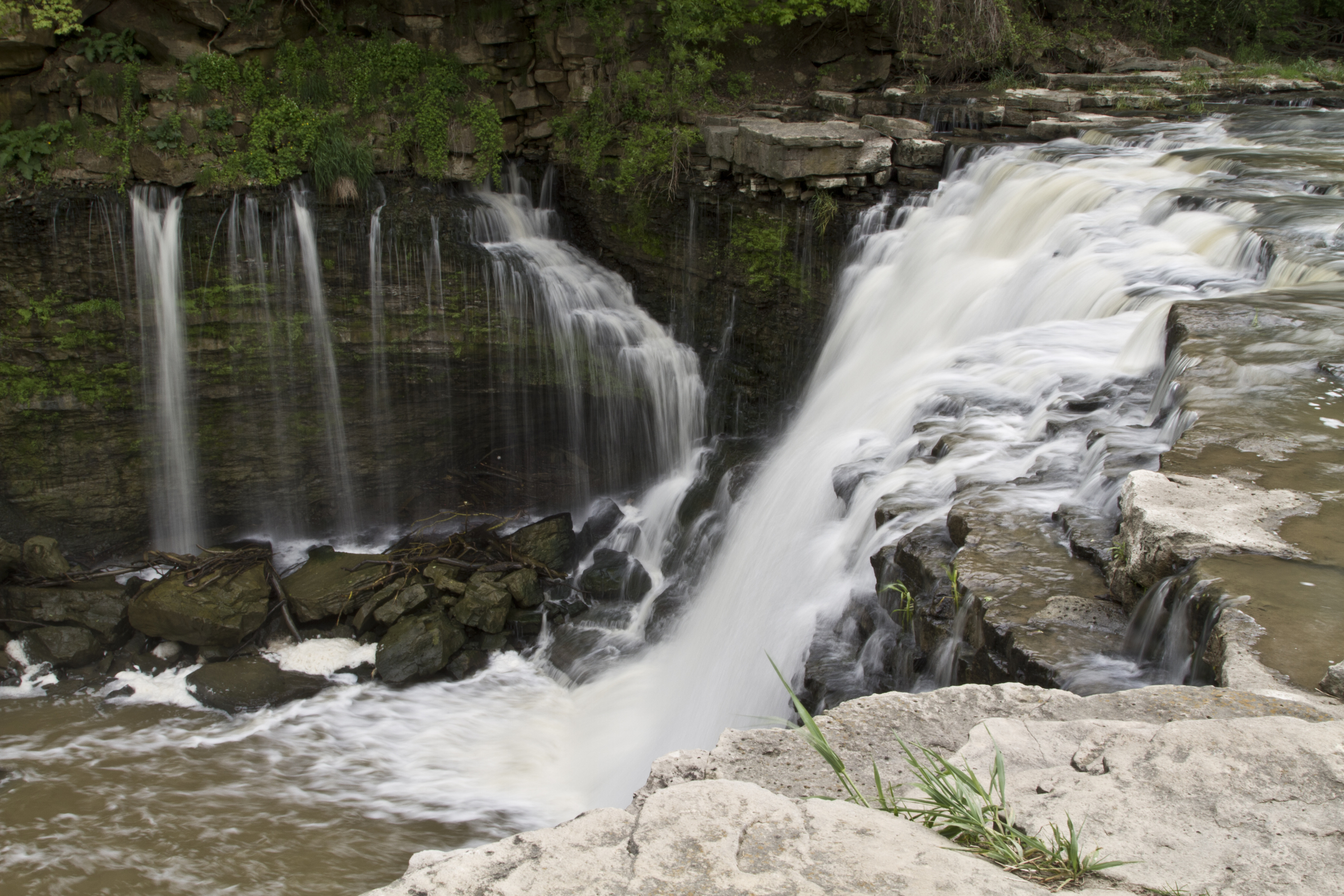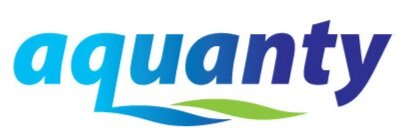

HGS RESEARCH HIGHLIGHT – A black-box automated approach to calibrate numerical simulations and optimize cover design: Application to a flow control layer constructed on an experimental waste rock pile
In this study, researchers developed and tested a novel black-box automated approach to calibrate numerical simulations and optimize cover designs for waste rock piles at mining sites. This work was undertaken by a team of scientists focusing on improving waste rock pile stability and minimizing environmental contamination.

NEW version of HGS PREMIUM AUGUST 2024 (REVISION 2718)
The HydroGeoSphere Revision 2718 (August 2024) is now available for download.

HGS RESEARCH HIGHLIGHT – Rapid transport from the surface to wells in fractured rock: A unique infiltration tracer experiment
In this study, researchers investigated the dynamics of rapid transport from the surface to monitoring wells in fractured rock environments using a unique infiltration tracer experiment. The focus was on understanding how tracers or contaminants move quickly through fractures to wells, which is crucial for assessing water quality and contamination risks.

HGS RESEARCH HIGHLIGHT – Groundwater recharge from overbank floods
This study, published by researchers using a fully coupled surface-subsurface flow model, explores the process of overbank flood recharge, which is important for estimating aquifer sustainable yield.

NEW version of HGS (HGS PREMIUM JULY 2024 (REVISION 2710)
The HydroGeoSphere Revision 2710 (July 2024) is now available for download.

HGS RESEARCH HIGHLIGHT – Impact of Baseflow on Fish Community in the Ungcheon Stream, Korea
In this research highlight, researchers have explored how baseflow influences fish habitats in the Ungcheon stream, located downstream of the Boryeong Dam in Korea.

HGS RESEARCH HIGHLIGHT – HGS-PDAF (version 1.0): a modular data assimilation framework for an integrated surface and subsurface hydrological model
In their recent publication, Qi Tang and her team present an advancement in hydrological modelling: HGS-PDAF (version 1.0). This modular data assimilation framework is tailored specifically for integrated surface and subsurface hydrological modelling, offering a powerful tool for understanding and managing water resources in a changing environment.

NEW version of HGS (HGS PREMIUM JUNE 2024 (REVISION 2699)
The HydroGeoSphere Revision 2699 (June 2024) is now available for download.

HGS RESEARCH HIGHLIGHT – Same soil, different climate: Crop model intercomparison on translocated lysimeters
In this research highlight, researchers explored the dynamics of crop modelling across diverse climatic conditions using translocated lysimeters. The study investigates how crop models perform when applied to the same soil under different climatic regimes, shedding light on the complex interplay between soil and crop dynamics amidst changing environmental conditions.
HGS RESEARCH HIGHLIGHT – Small-scale topography explains patterns and dynamics of dissolved organic carbon exports from the riparian zone of a temperate, forested catchment
Examining the intricate dynamics of dissolved organic carbon (DOC) exports from riparian zones (RZs), a recent study conducted by a team of researchers highlights the predominant controls governing DOC export.
